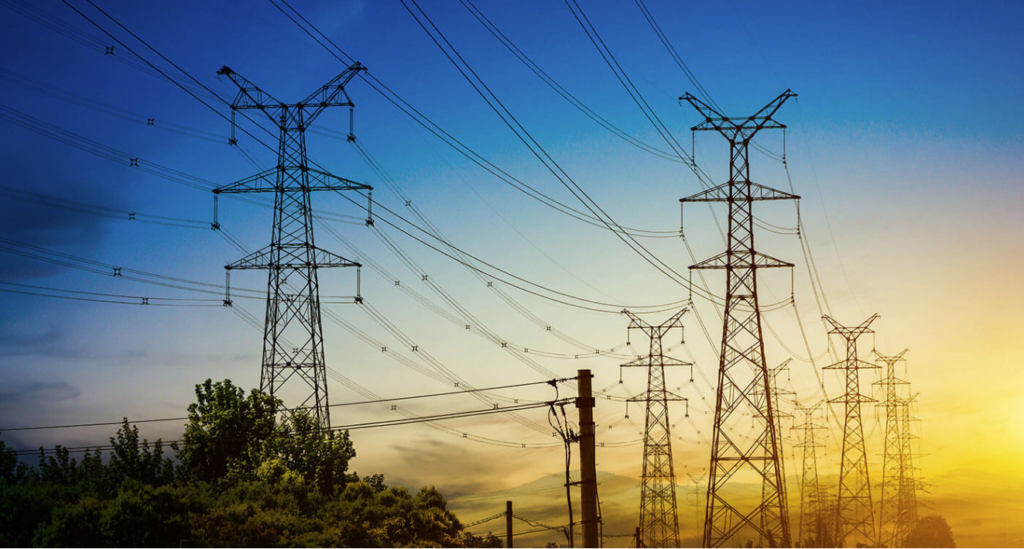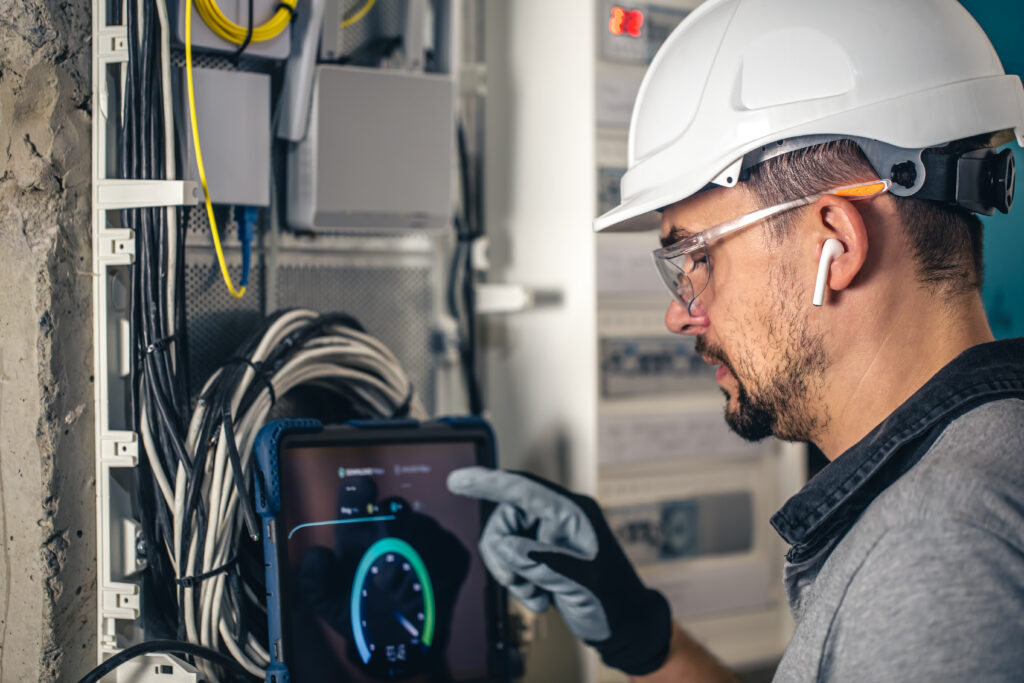
New regulation of § 14a EnWG - dimming instead of switching off and saving money in the process
What is the new regulation on the integration of controllable consumption devices and grid connections (Section 14a EnWG) about?
In order to achieve the climate targets, it is imperative that we restructure our energy system. As part of this process, more and more high-performance consumer devices such as heat pumps, air conditioning units, battery storage systems and, last but not least, private charging facilities or wall boxes are being installed and put into operation.
The electricity grid is already being massively expanded to provide the necessary capacity. However, in some cases, powerful consumer devices may be connected to a section of the grid faster than the grid can be expanded. In order to be able to ensure reliable integration into the electricity grid in such cases, the Federal Network Agency has drawn up new regulations for the integration of controllable consumer devices and controllable grid connections in accordance with Section 14a of the Energy Industry Act (EnWG).
According to this regulation, grid operators may reduce the consumption of newly commissioned controllable consumption devices to up to 4.2 kW in the event of a bottleneck. In return, consumers benefit from reduced grid charges.
What does this mean for me as a wallbox owner?
Power reduction in an emergency: Section 14a EnWG primarily comes into play in emergencies. Grid operators may therefore only control the output of the devices if there is a serious threat to the security of their grid. In addition, the reasons for such control must be documented transparently and comprehensibly by the grid operator.
No switch-off: Grid operators may dim the power to a maximum of 4.2 kW. It is no longer permissible to switch off consumers completely. Most modern heat pumps will continue to work reliably even at 4.2 kW. The output of the charging station may be reduced slightly. However, the impact on the charging process will be manageable, as the preventive control of the devices by the grid operator is limited to a maximum of two hours.
Grandfathering: Systems that were installed before 1 January 2024 are grandfathered. They can therefore continue to be operated without adaptation. Only existing systems that are already registered as controllable consumption devices in accordance with Section 14a EnWG must be transferred to the new system by the end of 2028.
"Normal" household consumption remains unaffected: The regulations only apply to controllable consumption devices. These are in accordance with § 14a EnWG:
- Private charging facilities or wallboxes
- Systems for storing electrical energy (battery storage)
- Heat pump heating systems incl. auxiliary or emergency heating systems (e.g. heating elements)
- Systems for room cooling (air conditioning units)

What are my benefits as a wallbox owner?
Rejection no longer possible: Network operators may no longer delay or refuse the connection and use of devices due to network congestion.
Power grid stabilisation: The measures serve to stabilise the electricity grid. We all benefit from this system stability.
Reduced grid fees: In return for the option of power throttling, end consumers receive reduced grid fees.
How does the grid fee reduction work?
Two modules are available for reducing grid charges.
Module 1 - Flat-rate grid fee reduction (standard)
- Applicable for all devices
- No separate counter required
- Annual credit note or lump sum
- depending on the grid fee of the grid operator
- approx. 110 and 190 euros / year (gross)
- Automatic inclusion in the electricity tariff, no action necessary
- Interesting for wallboxes with low power consumption
Module 2 - Percentage grid fee reduction (option)
- Separate meter required for controllable consumption device
- Reduction of the grid fee by 60%
- Active application to the energy supplier necessary
- standard flat-rate grid fee reduction without application
- Interesting for frequent users or heat pumps with high power consumption
How can my wallbox be controlled?
The technical implementation of the network operators still varies at present and will only be standardised in the coming years. Here is an overview of the options currently in use:
Ripple control receiver
Currently, ripple control receivers are the simplest instrument that grid operators can use to control the output of consumer devices such as wallboxes.
Ripple control technology is a tried-and-tested method used by energy supply companies to transmit signals via the electricity grid to connected consumers and generators.
The ripple control receiver is installed in the electrical sub-distribution board of your home and acts as an intermediary between the power grid and the wallbox. An additional two-wire cable is required for signal transmission to the wallbox.
The ripple control receiver generates different control signals that enable the power output of the wallbox to be regulated in different stages. To enable this dimming function, wallboxes must be equipped with an additional control contact (similar to a switch).
Control via relay
In principle, it is also possible to completely disconnect each wallbox from the mains if it does not have any dimming options. This is made possible by using an additional relay. In this scenario, the ripple control receiver controls the relay, which disconnects the wallbox completely from the power grid.
The better option is always reduction. For wallboxes with an output of 11 kW, you could theoretically switch off just two of the three phases so that the vehicle continues to be charged at 3.7 kW single-phase. However, some wallboxes cannot react to this phase failure as desired, but switch to fault mode. The PANTABOX supports external phase switching and continues to charge reliably.
FNN control box
The ripple control receiver in the sub-distribution board is to be replaced by the FNN control box in the medium term.
An FNN control box is a control and switching module that is used in smart metering systems to control consumers. The FNN control box communicates via standardised protocols and is a central component of modern smart grid technologies.
In future, the FNN control box will offer the option of controlling wallboxes either via EEBUS or an additional HEMS system. Some models of the FNN control box are also able to transmit commands via additional relays.
The PANTABOX can be integrated into a HEMS via various protocols (Modbus TCP, OCPP) and the REST API. This provides control options for the PANTABOX via an FNN control box.
Conclusion
With the new regulation of §14a of the Energy Industry Act, the Federal Network Agency is ensuring energy security. In future, the grid operator will be able to reduce the electricity supply and therefore the charging capacity in exceptional cases and the end user will receive compensation for this. There are various options with regard to technical regulation, which should ideally be agreed with the grid operator and electrician.